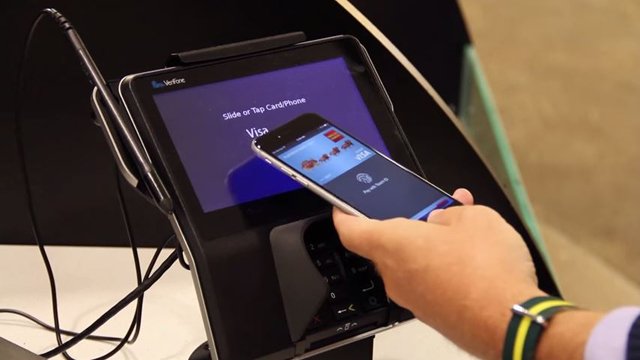Where is the NFC antenna?
Who the heck knows.
 |
I tried to use Android Pay twice today and despite both stores’ VeriFone terminals showing (and processing through the flow as if) they supported it, the success rate was only 50%. Android Pay is NFC-based. The time it succeeded, the phone immediately made contact. The time it failed, there was no semblance of any NFC connection. I know the phone’s NFC works in other contexts, so it is something in the technology (hardware, software) or workflow itself that makes it so unreliable. That is not even to mention the annoyance of Android Pay’s particularly patronizing attitude in requiring the phone to be unrooted and requiring a screenlock (even a perfectly insecure one) to be set. If any of those conditions fail for even five minutes, all the added cards are removed and have to be re-added (some banks require calling in for verification).
My point is nobody is going to use this idiotic piece of technology that makes things harder.
But mobile payment is not new. More than five years ago, a company called LevelUp started putting in QR-code based readers around town and having used it, it just works much better.
(Read the article)
 Comments(3)
Comments(3)
